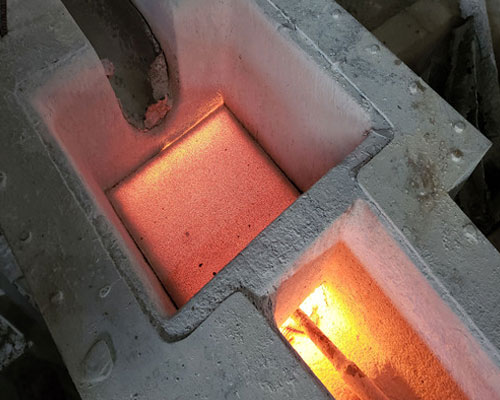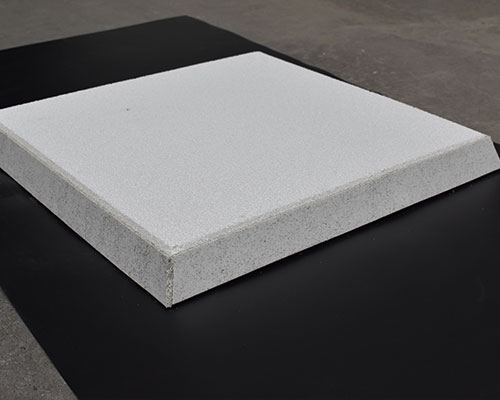The main purpose of the ceramic foam filters for casting is to remove the inclusions in the molten aluminum. Inclusions in the melt usually exist in three forms: metal oxides, pulverization of refractory materials, and other foreign particles, that is, particles introduced during the smelting process.
There are three ways to remove suspended particles in the melt:
Sedimentation-the accumulation of particles at the bottom of the melt.
Floating-mixed floats gather on the surface of the melt.
Filtration-the separation of particles from the melt through porous media.
Natural sedimentation generally occurs when the particles are dense and coarse, and particles smaller than 90um are not very effective for static sedimentation.

Choose Molten Aluminum Ceramic Foam Filters
In addition to the geometric size, strength, chemical stability, and thermal stability of the ceramic foam filter for casting, its filtering effect depends to a large extent on its internal structure.
At present, PPI represents the pore size of the ceramic foam filter plate. The 40 PPI foam ceramic filter plate filter can remove 5-micron inclusions. Whether the particles can be removed depends on the probability of collision, and also on the ability of the filter to adsorb particles.
When selecting the pore size of the filter plate, priority should be given to product quality requirements. For civil profiles, such as cast rods and cast plates, please select 10-40ppi filter plates according to product category and melt cleanliness. High-grade aluminum foil, tin can plate and space materials require 30-80 PPI filter plates. The actual selection of the filter plate depends on the user’s practice and experience, combined with its use conditions. Finally, whether the cleanliness of the product meets the quality requirements is used as a measure.
How Does Efficient Filtration Improve the Whole Process
Molten Aluminum Ceramic Foam Filters offer benefits that improve molten metal handling, casting, machining, and the finished product itself.
Increased Fluidity: Removal of inclusions makes the metal more fluid, resulting in easier mold fill, better cast structure, and better thin section castability.
Reduced Mold and Die Wear: Removal of inclusions and other nonmetallic debris from the melt reduces die soldering and mold-metal interaction, which degrades the mold surface and service life.
Longer Tool Life: Oxide, as well as intermetallic inclusions, create “hard spots” that damage tools in machining and finishing operations. Filtration reduces tool wear and increases productivity.
Fewer Rejects: Inclusions nucleate porosity, create hot tears during solidification, cause surface defects that mar appearance, and often reduce mechanical properties. In many cases, filtration cuts reject from such causes to virtually zero. Improvements in yield to near 100% and reduced reject rates to at or near 0% are common.

